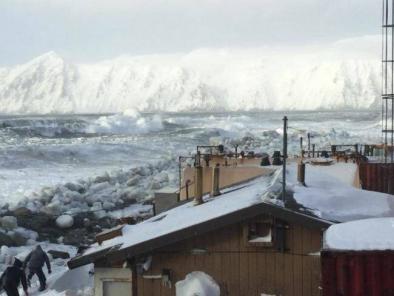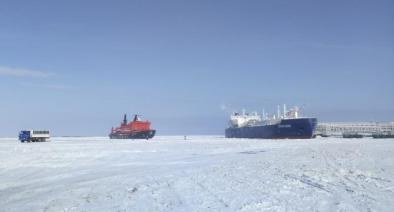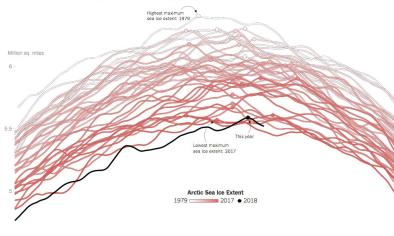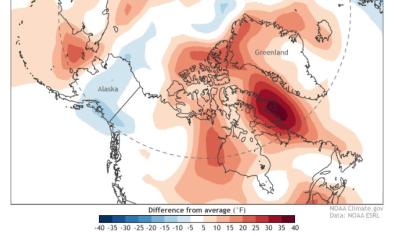Science Source
Observations reveal external driver for Arctic sea‐ice retreat
In the end, only the increase in CO2 remained on our list of possible drivers. We find a clear, physically plausible correlation of increasing CO2 and decreasing sea-ice cover.”
Dirk Notz, study lead, Max Planck Institute for Meteorology in Germany
- States that the very low summer extent of Arctic sea ice that has been observed in recent years is often casually interpreted as an early‐warning sign of anthropogenic global warming
- This study focused on the available observational record to examine if this record allows us to identify either internal variability, self‐acceleration, or a specific external forcing as the main driver for the observed sea‐ice retreat
- Finds that the available observations are sufficient to virtually exclude internal variability and self‐acceleration as an explanation for the observed long‐term trend, clustering, and magnitude of recent sea‐ice minima
- Finds that the recent retreat is well described by the superposition of an externally forced linear trend and internal variability
- For the externally forced trend, the study finds a physically plausible strong correlation only with increasing atmospheric CO2 concentration
- Results hence show that the observed evolution of Arctic sea‐ice extent is consistent with the claim that virtually certainly the impact of an anthropogenic climate change is observable in Arctic sea ice already today
Related Content
Headline

Mar 26, 2018 | InsideClimate News
A Heat Wave Left Arctic Sea Ice Near a Record Winter Low. This Town Is Paying the Price.
Headline

Mar 26, 2018 | Reuters
Arctic Ocean ice near record low for winter, boost for shipping
Headline

Mar 26, 2018 | New York Times
Arctic Sea Ice Missed a Record Low This Winter. Barely.
Headline

Mar 21, 2018 | NOAA Climate.gov
February 2018 heatwave across the Far North


